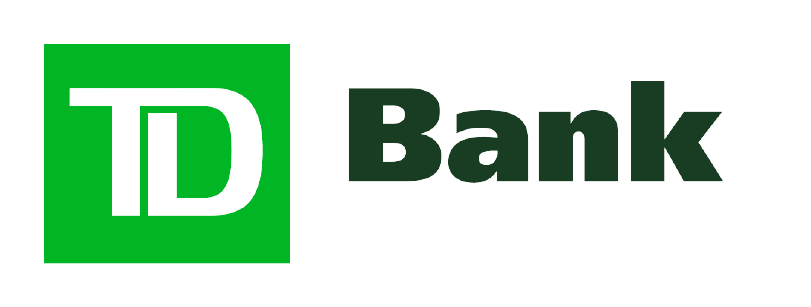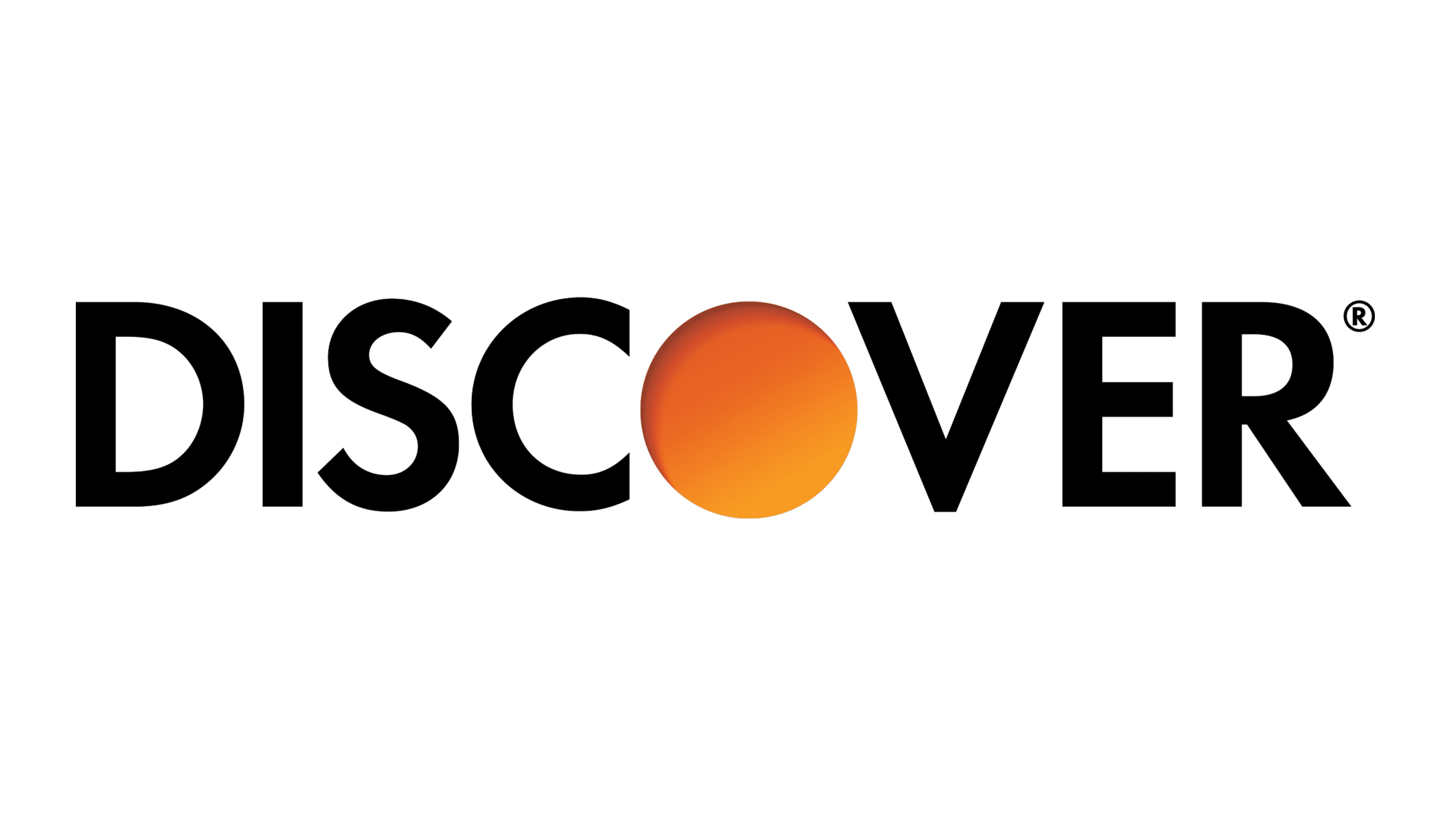
Editorial Note: We earn a commission from partner links on Forbes Advisor. Commissions do not affect our editors’ opinions or evaluations.
Personal loans are flexible forms of funding that you can use for almost any purpose, including home renovation, debt consolidation and other big expenses. Several banks offer personal loans to qualifying consumers. You might be able to qualify for a personal loan anywhere from $1,000 to $100,000 with rates starting around 6%, depending on the bank.
Best Personal Loans From Banks
Summary: Best Personal Loans From Banks
Methodology
We reviewed eight popular banks that offer personal loans based on 16 data points in the categories of loan details, loan costs, eligibility and accessibility, customer experience and the application process. We chose the best banks based on the weighting assigned to each category:
- Loan cost: 35%
- Loan details: 20%
- Eligibility and accessibility: 20%
- Customer experience: 15%
- Application process: 10%
Within each major category, we also considered several characteristics, including available loan amounts, repayment terms, APR ranges and applicable fees. We also looked at minimum credit score requirements, whether each bank accepts co-signers or joint applications and the geographic availability of the bank. Finally, we evaluated each bank’s customer support tools, borrower perks and features that simplify the borrowing process—like prequalification options and mobile apps.
Tips to Compare Personal Loans From Banks
If you’re on the hunt for a personal loan, it could be a good idea to inquire at your current bank, especially if it offers any perks for existing customers. Shopping around for a few additional loan offers, however, can help you find a personal loan with the best rates and terms.
Here are some loan features to review when comparing personal loans from banks:
- Interest rate. A lower interest rate will mean lower interest charges over the life of your loan. Compare rates from a few different banks to find a loan with the lowest costs of borrowing. In particular, focus on each loan’s annual percentage rate (APR), which includes both interest and fees.
- Fees. Keep an eye out for additional loan fees, such as origination, administrative or disbursement fees. Some lenders don’t charge any fees, whereas others charge an origination fee of 1% to 8% of your loan amount.
- Repayment terms. Find out how long you have to pay your loan back, since your term will directly impact your monthly payment and long-term interest costs. Personal loan terms often range from one to seven years, depending on the bank.
- Loan amounts. Each bank sets its own minimum and maximum borrowing limits, so look for one that can provide the funds you need. Some banks offer personal loans up to $100,000 while others max out at $50,000 or lower.
- Time to fund. Before borrowing, you might also find out how long it will take the bank to review your application and disburse your loan. Prioritize a bank with a fast funding time if you need funds right away.
- Restrictions on loan use. Ask the bank if there are any restrictions you need to know about on how you use your personal loan. For instance, banks often don’t want you to use a personal loan on postsecondary education expenses.
- Customer support options. A responsive customer service team can help your borrowing process go smoothly. Review the lender’s contact options before you borrow to make sure you can get in touch with a representative over the phone, email or web chat.
How Do Bank Loans Work?
Bank loans offer a lump sum of funding up front that you pay back over time. You can usually borrow anywhere from $1,000 to $50,000 or more and pay it off over one to seven years; some banks offer repayment terms as long as 10 years.
Interest rates tend to range from 6% to 36%. Borrowers with strong credit will qualify for more competitive rates, while borrowers with weaker credit will get higher rates.
Some banks require that you’re a customer to borrow, which may mean opening a checking account and making a small minimum deposit. However, not all banks require that you become a customer to borrow a personal loan.
If you’re an existing customer, you might qualify for bonus perks, such as a discount on your interest rate.
Bank Loans vs. Online Loans
Bank loans and online loans aren’t all that different. Both offer cash up front that you’ll pay back over time on a monthly basis.
However, banks may have brick-and-mortar locations, which you can visit if you prefer an in-person borrowing experience. Plus, some banks offer interest rate discounts and other perks to existing customers.
Online lenders, on the other hand, have the edge over banks in other ways. For instance, online lenders can often fund loans nationwide, whereas traditional banks may only lend in certain areas.
Most online lenders also make it easy to prequalify for a loan online, which can make the loan shopping process easier. Some banks offer prequalification, but not all of them.
Opting for an online loan might also make sense if you need a loan quickly, as some lenders can disburse funds the same day you apply. Online lenders may offer more competitive interest rates than banks, too, since they don’t have to cover the costs of operating physical locations.
Pros and Cons of Bank Loans
Before borrowing a personal loan from a bank, consider these pros and cons.
Pros
- Potential discounts for existing customers: Some banks will reduce your interest rate as a way of saying thank you for banking with them. Even a small discount on your rate can lead to significant savings over the life of your loan.
- Option to apply in person or online: If your bank has brick-and-mortar locations, you may get the choice of applying online or in person. This option may be appealing to consumers who want to interact face-to-face before borrowing a loan.
- High loan amounts: Some banks offer loans as high as $100,000 with flexible repayment terms.
Cons
- May not have the option to prequalify: Not every bank lets you prequalify with a soft credit check. You might have to formally apply before seeing your loan terms, which is more time-consuming and can ding your credit score by a few points.
- Can take longer to process your application: Banks may take longer to evaluate your application and disburse your personal loan compared to online lenders.
- APRs may be higher than online loans: Because many banks have to cover the costs of operating physical locations, they may charge slightly higher APRs than online lenders.
How to Get a Personal Loan From a Bank
When you borrow from a bank, you can often apply online or in person at a local branch. Here are the steps you’ll need to take to get a personal loan from a bank:
- Check your credit. Before you start applying, review your credit report from AnnualCreditReport.com so you don’t run into any surprises. Also check your credit score to see if you’re a competitive candidate for a loan. If your score is low, consider taking steps to improve it before you apply, such as paying down existing debt.
- Figure out how much you need to borrow. Use the Forbes Advisor personal loan calculator to estimate your monthly payments and total interest charges. Be careful not to borrow more than you can afford.
- Prequalify, if possible. Some banks let you prequalify, allowing you to check your rates with no impact on your credit score. This prequalification option makes it easy to shop around and compare loan offers to find the best rates and terms.
- Select a loan and submit a formal application. If you want to move forward with a loan, you’ll submit a full application. You’ll need to provide personal details and upload documentation to verify your income and other information. At this point, the lender will run a hard credit inquiry to check your credit profile, which has a temporary negative impact on your score.
- Receive your loan funds. The bank will likely deposit your personal loan directly into your bank account. You’ll start paying your loan back on a monthly basis on the agreed-upon term.
Next Up In Personal Loans
Forbes Advisor adheres to strict editorial integrity standards. To the best of our knowledge, all content is accurate as of the date posted, though offers contained herein may no longer be available. The opinions expressed are the author’s alone and have not been provided, approved, or otherwise endorsed by our partners.













